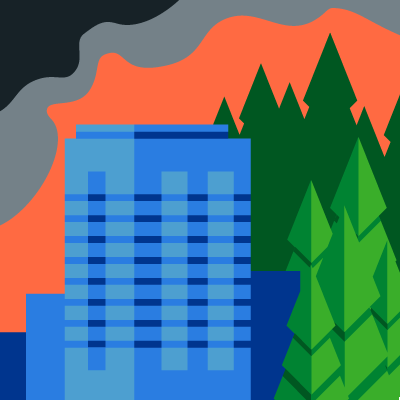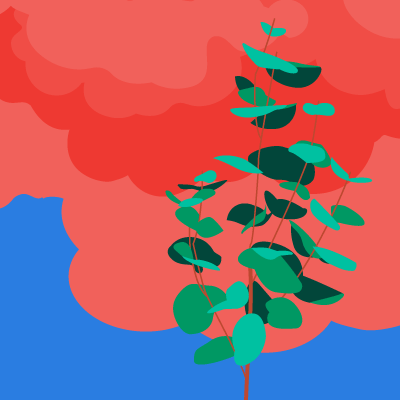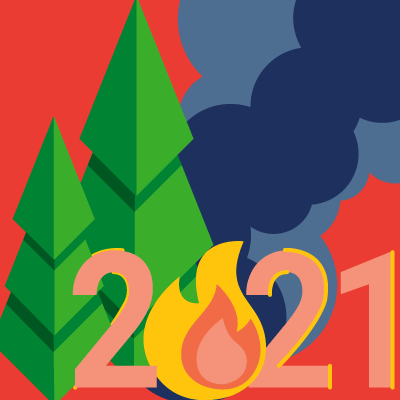Dramatic images of blazing multimillion-dollar mansions dominated the media after a wildfire in coastal California about 50 miles south of Los Angeles on May 11, 2022. Although only about 200 acres of Laguna Niguel in Orange County burned, residents of some 900 homes were under evacuation orders and the wildfire destroyed 20 high-value properties and damaged another 11. One of the destroyed mansions, listed for USD 9.898 million, was close to being sold when it burned to the ground.
Typically, about 10,000 wildfires occur annually in California and the frequency of fire ignitions increases rather sharply during the dry and windy months of July and August. This year, the months of January, February, and March were drier than ever recorded in California and with the high temperatures in the state set the stage for an active year. When the Emerald Fire started on February 10, Brian Fennessy, Orange County Fire Authority’s chief, told reporters, "We no longer have a fire season. We have a fire year."
Fuel and Favorable Conditions
Winds help to dry out potential fuels and, once a fire starts, they can expand the reach of the flames. Wind speed and direction are critical components of wildfire spread and extreme fire behavior is almost always associated with strong winds, but not so much in this case. When the wildfire broke out Orange County was enjoying a mild day with humidity around 70%. There was a seasonal onshore breeze but not the strong downslope winds, known as Santa Ana and Diablo winds in Southern and Northern California, respectively, that fueled some major fires in 2020 and 2021.
The fire started on a hillside and grew with winds off the ocean, including gusts of up to 25 mph, that drove the flames downslope. Wind-borne brands then ignited bone-dry grasses and shrubs at the base of a hill to the east; the radiative heat and flames rapidly spread higher and higher up the slope of that hill, sending brands ahead of them into the expensive neighborhood on the hill’s crest.
Fire branding/spotting is the primary mode of fire spread into the wildland-urban interface (WUI) and through urban areas. Wildfires spread and ignite structures either through ember accumulation, direct contact with flames, or radiant heat. Of these ignition modes, ember accumulation is a major one for homes and other properties. Embers can travel with the wind as far as a kilometer, resulting in fire ignition well beyond the main burning area.
The homes damaged or destroyed in Laguna Niguel were mostly mansions constructed before California’s fire-hardening building codes began to take effect in 2008. Orange County Fire Authority’s chief noted that he visited the backyards of vulnerable homes early in the event and did not see issues with the defensible spaces (with vegetation cleared) around them. But the houses were situated close together, which helped the flames spread from structure to structure.
More Frequent and More Costly
With high temperatures, dry air, and ample burnable fuels, all that's needed to start a fire is a spark. Expert estimates vary, but it is commonly thought that about half of all—and more than half of property-damaging wildfires—are caused either deliberately or accidentally by people. It is not clear yet, however, what started the wildfire in Laguna Niguel.
About one-third of all residential buildings in the contiguous U.S. are in roughly 220 million acres of the WUI, as well as several hundred thousand businesses and an estimated population of more than 120 million people. About 4,000 acres are being converted from wildland to WUI every day, and since 1990 about 60% of homes in the U.S. have been built in the WUI. As the U.S. population grows and the WUI expands into areas with strong fire histories, property loss from wildfire is increasing.
Inter-seasonal patterns in precipitation and drought affect burnable fuels and, combined with record-setting temperatures, allow fires to spread with greater ease. The best indicator of damage is not the size or number of fires, however, but rather the co-occurrence of wildfires with human-built structures, which typically make up only a small but growing fraction of the total area burned. The increase in exposure within the WUI not only drives up losses of wildfire events but also increases the frequency of loss-causing events.
Read Phil Cunningham’s blog “The Facts About 2021 Wildfires: The Outlook for 2022”




